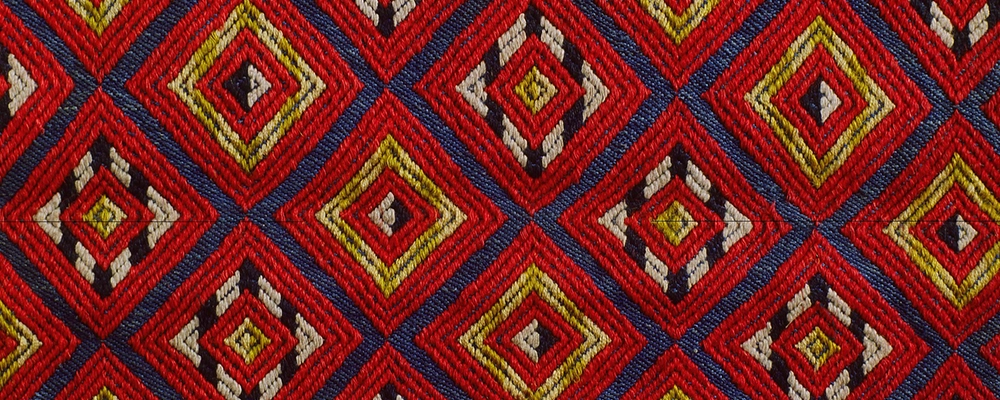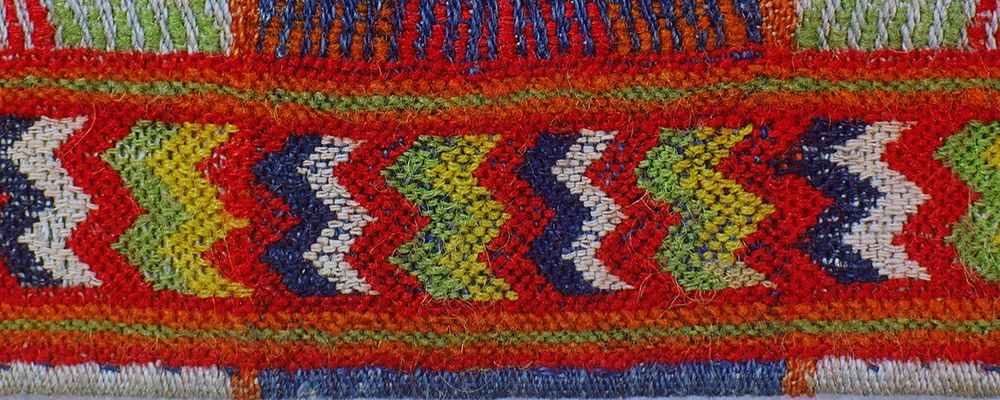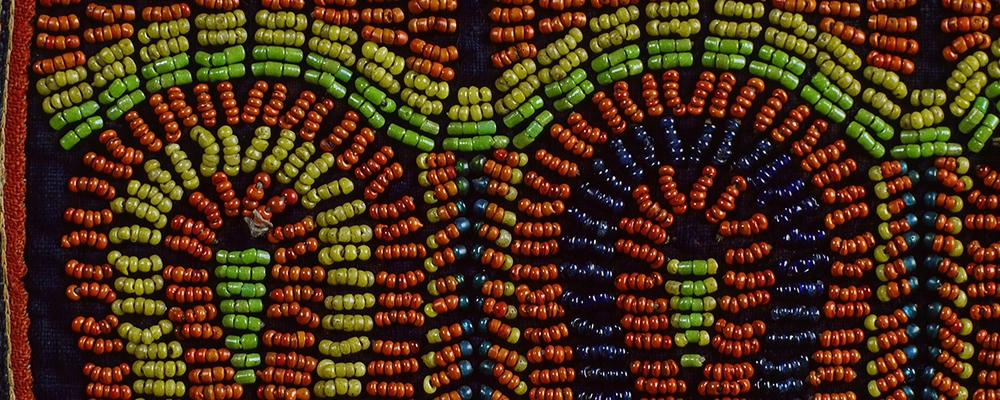There are 4 stories to the museum, permanent exhibitions are themed under the following: “Human and the Nature”, “living and Utensils”, “Clothing and Culture” and last but not least, “Religion and Rituals”, the exhibition is intended to educate the way of life of the indigenous cultures and how they respected their environment from the mountains to the sea, how they lived, their abundance in material culture, their order of living, their religions and rituals and their diversity in ethnicities; and their importance on the history of the island of Taiwan.
Every spring and fall, the museum holds special exhibition in collaboration with a selected group of indigenous ethnicities to promote the issues they encounter today and to diversify the exhibition the museum has on offer. Every Winter, one ethnicity will be highlighted to further promote a “collaboration exhibition” in the hopes that their cultures can be learned, and that their interpretation of their own culture can be heard.
The museum has other auxiliary services, such as audio guides, Audiovisual library to aid exhibition goers’ understanding of Aboriginal cultures, the history behind their stories and further readings or information are also available should anyone choose to dive deeper into the indigenous cultures of Formosa.
permanent exhibition - B1「Beliefs and Rituals」
An introduction is given into the various aspects of the animistic beliefs, ancestral spirit worship and head-hunting customs of Taiwan indigenous peoples. Charts, written texts and historical photographs are also used to explain the prehistoric phases and cultures of the Taiwan region, and the historical developments of Taiwan indigenous peoples. A festival corner, with displays of ritual artifacts, photographs and ceremonial implements, is also arranged on the floor.
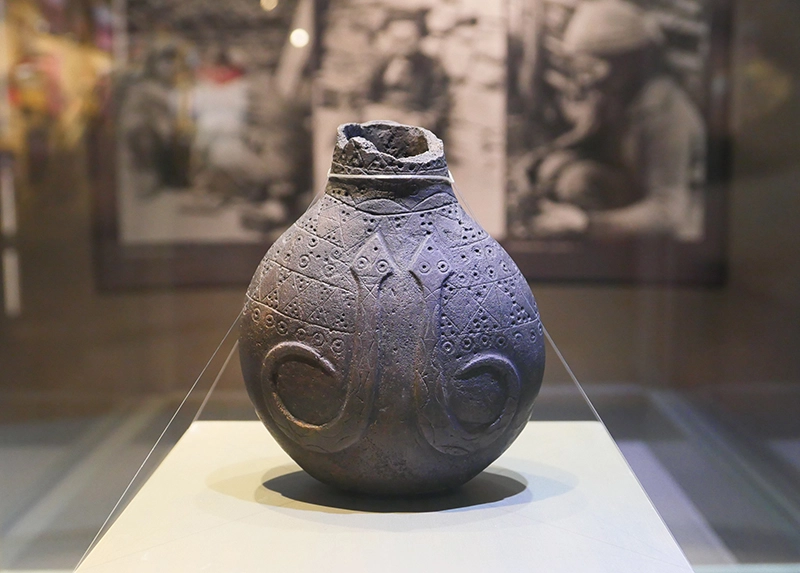
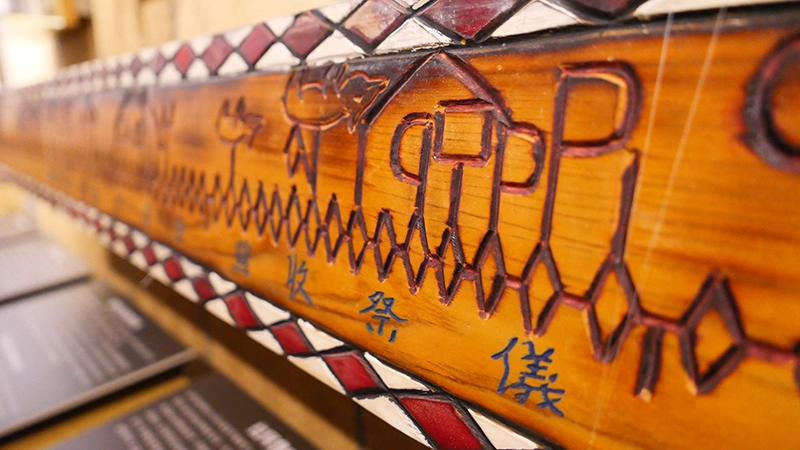
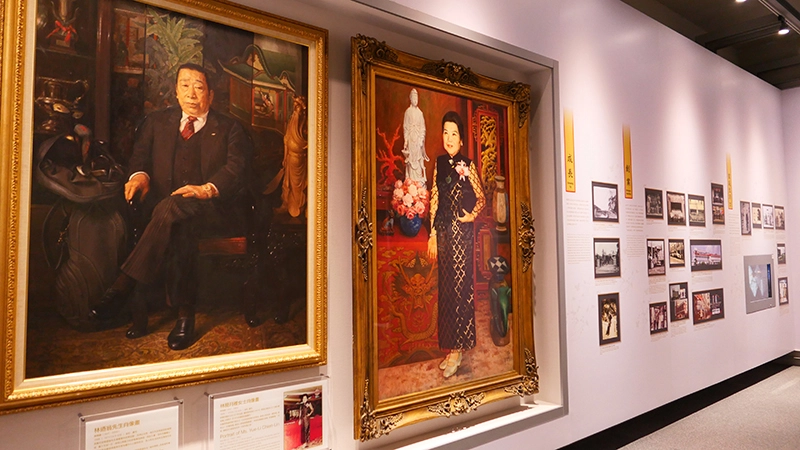
permanent exhibition - 1F「People and Natural Environment」
General introduction to the Taiwan indigenous peoples and their geographic distribution are exhibited to display their cultural diversity.
Introduction to the environment inhabited by Taiwan indigenous peoples. The interpretation of the adaption of Taiwan indigenous peoples is presented in a Paiwan slate sculpture representing the mountainous habitat and a Tao fishing boat representing the maritime environment. In the center of the hall, a digital map of Taiwan is projected with touch-screen operation, which offers visitors a display of the current distributional areas and significant population locations of different ethnic groups, as well as the main cities and geographic features of Taiwan.
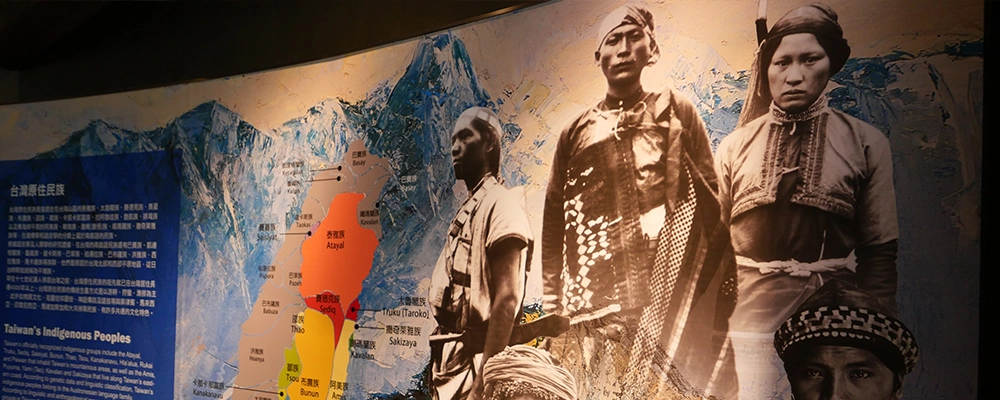
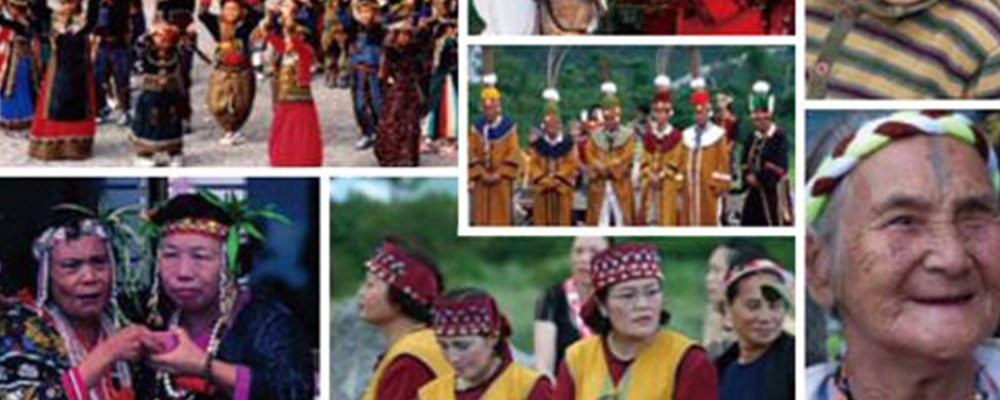
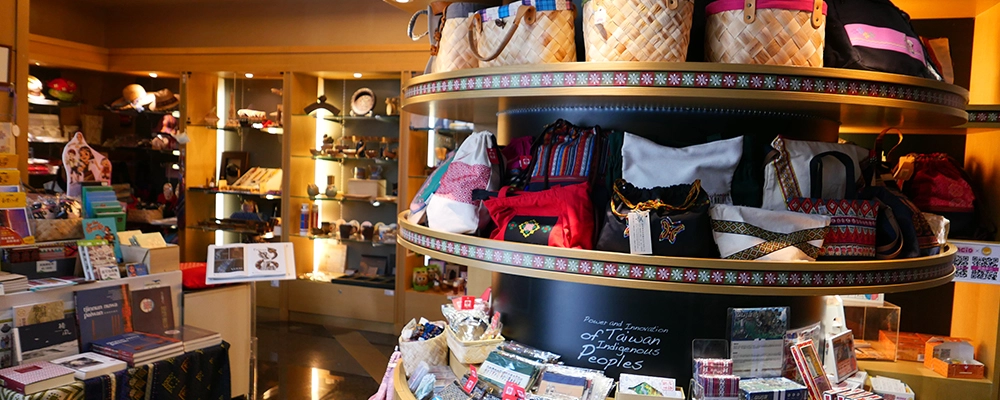
permanent exhibition - 2F「Livelihoods Utensils and Dwellings」
Handicrafts and models of houses belonging to different indigenous groups are exhibited to show connections between their daily life and community.
Displays include ancestor posts and scale models of a traditional dwelling of the
Tao and a men's gathering house of the Tsou, the Amis hearth, a life-size Paiwan slate house, pottery, musical instruments, fishing and hunting, and agriculture implements. They all interpret the life of Taiwan indigenous peoples and their adaptation to natural living conditions, and show the relationship between implements of daily life and cultural context. Films played on this floor introduce traditional pottery techniques of the Amis and contemporary pottery making of the Paiwan, manufacture of personal knives by artists of the northern Paiwan, carving by artists of the southern Paiwan, and the Mayasvi Festival and alcohol-brewing process of the Tsou.
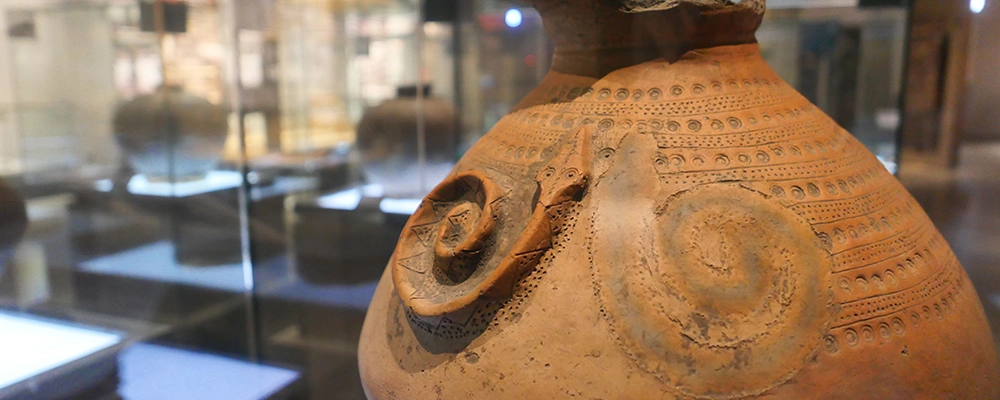
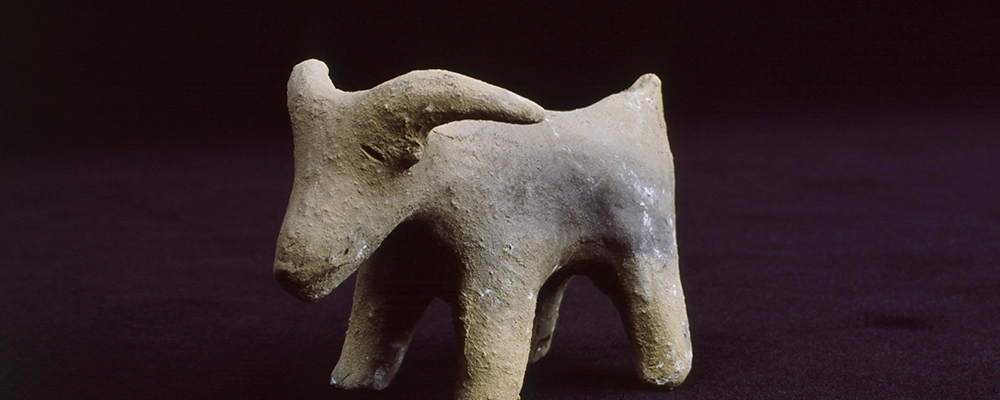
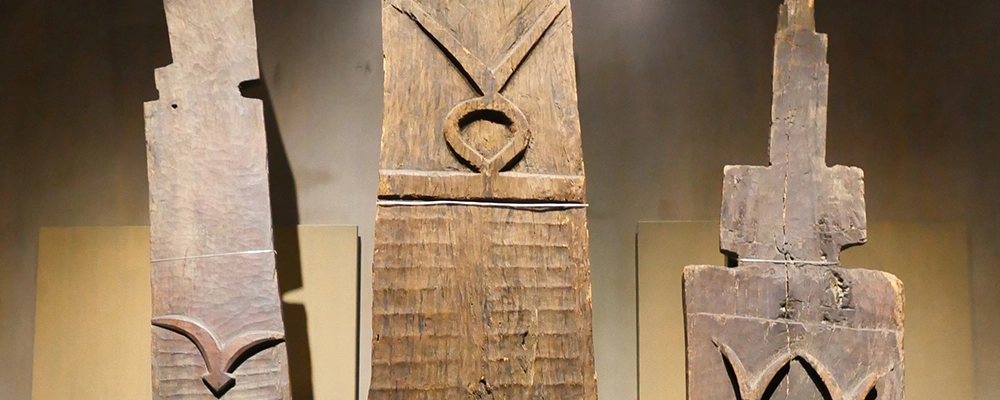
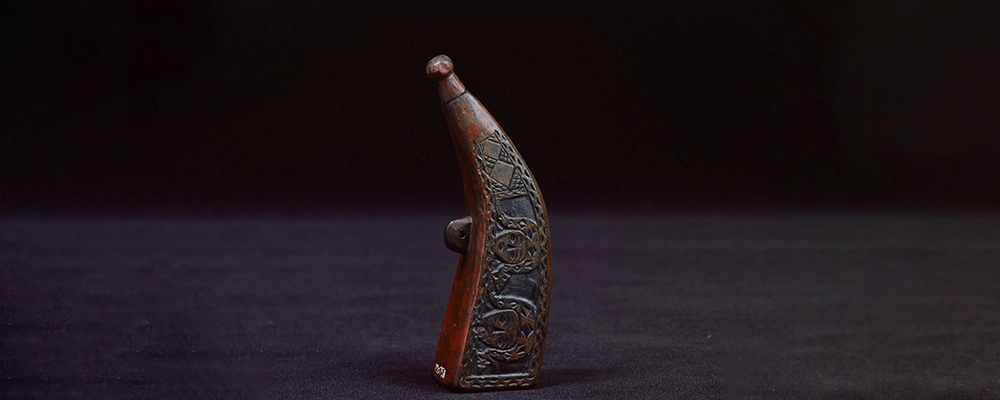
permanent exhibition - 3F「Clothing, Decoration and Culture」
Taiwan indigenous textile and decoration on costumes representing the social and cultural significance are exhibited.
A broad range of materials is used for clothing and decoration of Taiwan indigenous peoples, and many distinctive features could be seen in their designs. Displays on this floor include typical examples of clothing embroidery, weaving, and ornamentation from all ethnic groups. From styles of dress and decoration of different ethnic groups, and their preferences for particular colors and patterns, differences in social and class structures are reflected. In this way, indigenous, the unique life style and value system of Taiwan indigenous peoples are presented. Films played on this floor introduce the singing and dancing performed in traditional festivals and the complex procedure of the traditional ramie-weaving technique of the Truku (Taroko).
